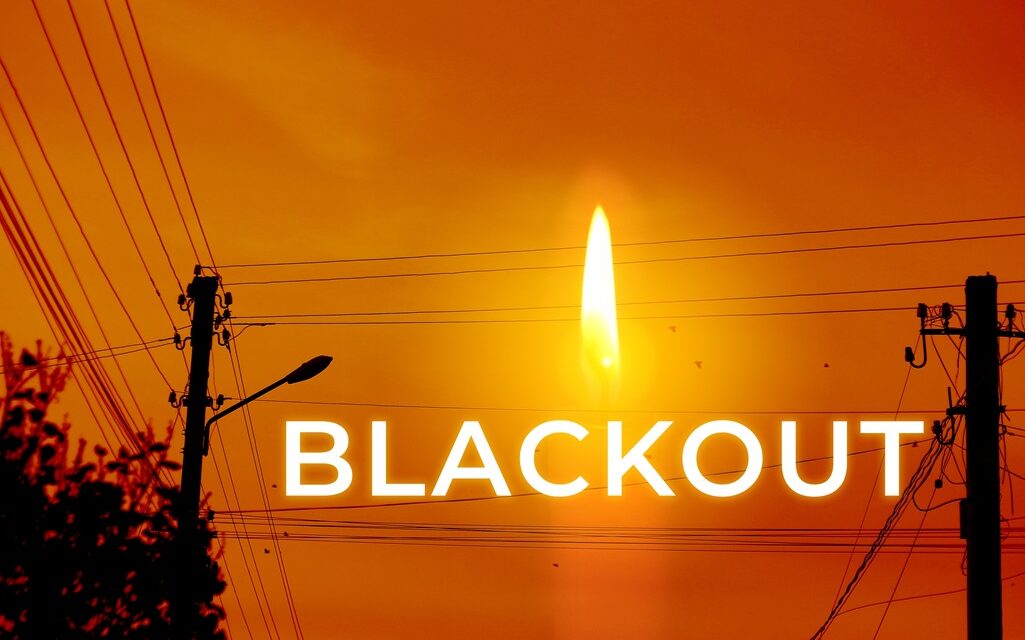Preparing for the Inevitable: Understanding and Mitigating the Risks of a Power Grid Collapse
In today’s interconnected and technologically dependent society, the stability of our power grid is more critical than ever. However, the same complexity that provides our modern conveniences also makes the grid highly vulnerable to multiple threats, ranging from natural disasters to sophisticated cyber-attacks. Among the most concerning are electromagnetic pulses (EMP), cyber-terrorism, geomagnetic storms, physical terror attacks, and severe natural catastrophes. Each of these threats can potentially cause a long-term power outage, disrupting everything from basic home heating to global economic systems. This article explores the plausible scenarios leading to a power grid collapse and emphasizes the essential steps needed to prepare for such an eventuality.
Growing Threats to the Power Grid
- Electromagnetic Pulses (EMP): An EMP, whether from a nuclear explosion in the atmosphere or a naturally occurring event, can have devastating effects on the electrical grid. The high-intensity burst of electromagnetic energy can instantly damage or destroy electrical circuits and communications infrastructure, leading to widespread and prolonged blackouts.
- Cyber Attacks: As geopolitical tensions rise, so does the risk of cyber attacks on critical infrastructure. Nations or organized cybercriminals can target power grid systems, manipulating control systems or shutting down key operational networks, which can cause cascading failures across vast areas.
- Geomagnetic Storms: Solar activity, such as solar flares and coronal mass ejections, can produce geomagnetic storms that induce ground currents capable of frying transformers and other critical grid components. These storms are natural phenomena but can have impacts similar to an EMP in their ability to disrupt electrical infrastructure.
- Terrorism: Physical attacks on key infrastructure elements like substations or power lines can also lead to significant disruptions. Such terror attacks aim to cause immediate damage and long-term economic and social impacts.
- Natural Disasters: Earthquakes, hurricanes, and other severe weather events regularly challenge the resilience of the power grid. The physical damage inflicted by these disasters can take weeks or even months to repair, particularly if they strike critical nodes or components.
Get a Free Annual Subscription to PREPARE
The Vital Necessity of Preparedness
The scenarios outlined above are not just possibilities; they are eventualities that could occur with little to no warning. Given the catastrophic potential of a power grid failure, preparedness is not merely advisable; it is essential. The following are the top five preparatory steps every household and community should take to mitigate the risks associated with a power grid collapse:
- Establish Alternative Power Sources: Investing in alternative energy sources such as solar panels, wind turbines, or generators is crucial. These can provide critical power to essential devices and systems, from medical equipment to heating and refrigeration, during an outage.
- Stockpile Essentials: Having a supply of non-perishable food, water, and medical supplies is fundamental. Each household should aim to have at least a three-week supply, as recovery from a severe grid collapse could take much longer.
- Develop an Emergency Plan: Knowing what to do when a disaster strikes is vital. This plan should include evacuation routes, communication methods, and a meeting point for family members. Regularly review and practice the emergency plan to ensure everyone knows their role.
- Secure and Harden Home Infrastructure: Protecting your home from EMP effects with Faraday cages or other shielding methods for electronic devices can prevent damage. Additionally, reinforcing structures against potential physical threats and ensuring that your home can sustain long periods without external power are crucial steps.
- Stay Informed and Educated: Understanding the nature of the threats and staying informed about current geopolitical and environmental issues can provide crucial time to react before a disaster strikes. Regular updates from trusted news sources and government alerts can keep you ahead of the situation.
Conclusion
While the thought of a power grid collapse is daunting, the reality is that the potential for such an event is increasingly likely in our complex, high-tech world. By understanding the threats and taking proactive measures to prepare, individuals and communities can enhance their resilience against this modern-day vulnerability. Preparing for a power grid collapse is not just about surviving an initial disaster but ensuring the long-term sustainability and safety of our way of life.








